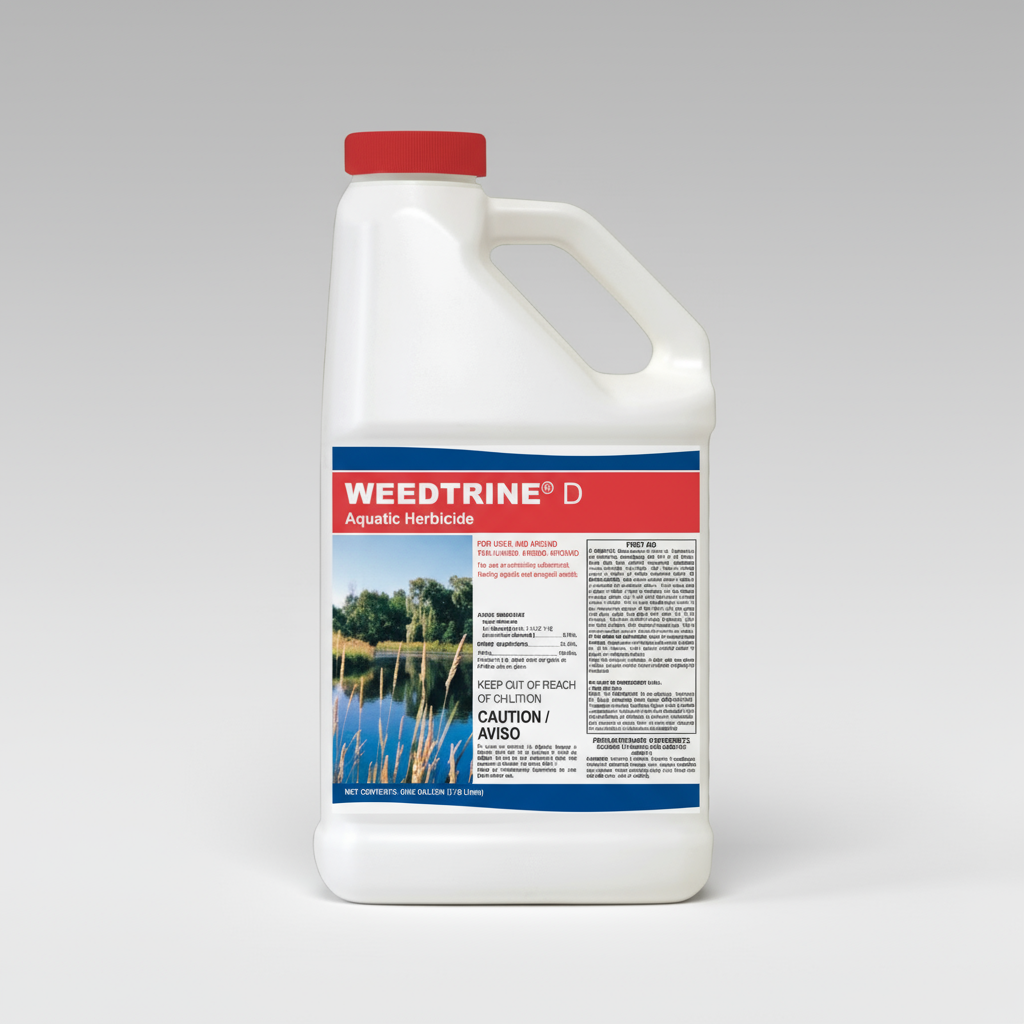Weedtrine Herbicide - Aquatic Weed Killer
Weedtrine Herbicide - Aquatic Weed Killer
Couldn't load pickup availability
Why You'll Love It
Description
Description
Weedtrine®D is engineered for pond and lake owners who want fast, effective results-without the guesswork. This powerful, broad-spectrum aquatic herbicide eliminates tough weeds like duckweed, coontail, milfoil, elodea, and even algae on contact. With visible results in as little as 3 to 5 days, Weedtrine®D gives you control without long waiting periods or complicated prep. Its ready-to-use liquid formulation makes application simple-just pour into a sprayer and treat affected areas directly.
Whether you’re a homeowner, landscaper, or pond manager, you’ll appreciate how Weedtrin® D works fast and targets growth before it spreads. Water-use restrictions are minimal but clearly labeled, so you know exactly when it’s safe to swim, irrigate, or let animals back in. Backed by professional-grade performance and trusted by pond owners nationwide, Weedtrine®D puts you in control of your water again-safely, quickly, and with confidence.
DUE TO GOVERNMENTAL REGULATION, WE DO NOT SHIP OR SELL THIS PRODUCT TO THE FOLLOWING LOCATIONS: CA, CT, ME, NY, NJ, OR, and WA, OR Canada




